Unicorns were first described some 2,400 years ago, but they didn't match the Medieval or modern types of unicorns. The ancient Greek physician, Ctesias of Cnidus, wrote in in 398 BC that the unicorn was native to India and was similar to a wild ass, but much swifter, with a dark red head and white body. He said the unicorn had deep blue eyes and a single horn that was 18 inches long. The horn was bright red at the tip, black in the middle, and white at the base. However, his description was based on Persian archives and state records rather than on his own eyewitness account. The Asian wild ass he referred to is a sandy to fawn colour with extensive white shading, can run almost as fast as a modern horse, and stands up to 14 hands, about the same size as horses of Ctesias's time. The species is considered untameable.
Over three centuries later, Julius Caesar pieced together various tales he had gathered from travellers in Gaul. He described the unicorn, an animal said to inhabit the forests of Germany, as an ox shaped like a stag, with a single straight horn coming from its forehead.
By the first century AD, the unicorn had changed shape a bit. Some accounts give it an elephant's feet, a stag's head, a horse's body and a pig's tail, all combined with a nasty temper, which actually describes a rhinoceros, not a unicorn. Most stories said the animal was so fierce, it could not be captured alive, and described its voice as a loud bellow.
A couple of hundred years later, the unicorn was being described as a small animal the size of a baby goat, with a beard on its chin and cloven hoofs. Since only cloven-hoofed animals have horns or antlers, that part does make sense. It also had an exceedingly dangerous temper.


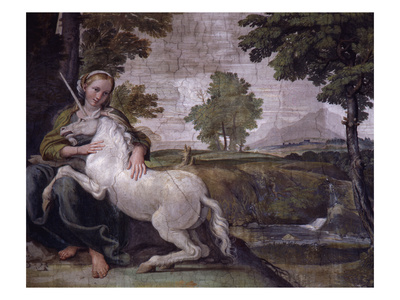
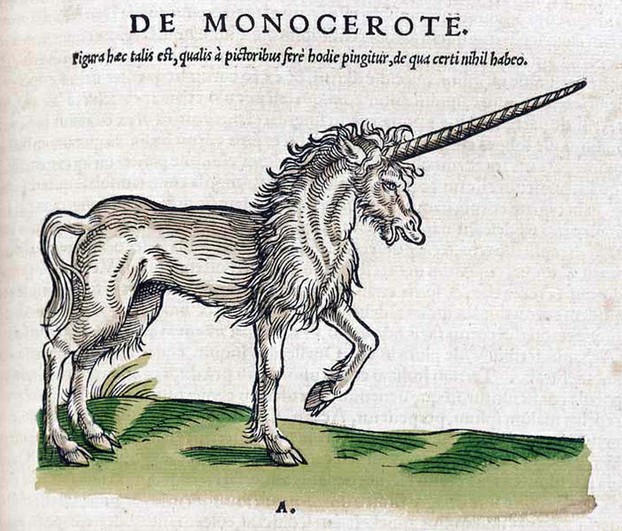
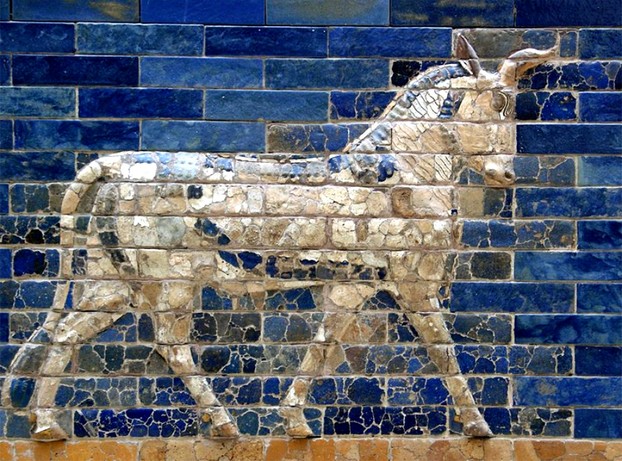
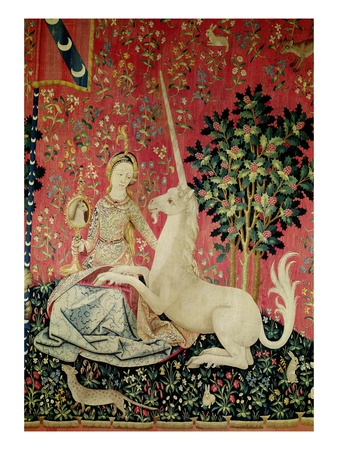








 Versatile Nova Scotia Duck Tolling Retrieverson 08/02/2014
Versatile Nova Scotia Duck Tolling Retrieverson 08/02/2014
 Should You Spay or Neuter Your Puppy?on 08/12/2014
Should You Spay or Neuter Your Puppy?on 08/12/2014
 Horse Racing History: the Preakness Stakeson 05/15/2014
Horse Racing History: the Preakness Stakeson 05/15/2014
 Dinosaurs Will Be On Display in Trenton, Ontario, Canadaon 07/29/2013
Dinosaurs Will Be On Display in Trenton, Ontario, Canadaon 07/29/2013

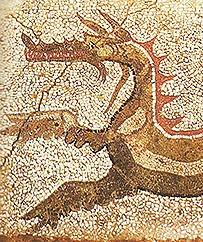
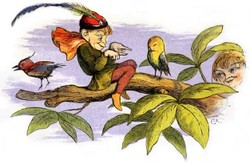
Comments
Wonderful article! Really enjoyed it!!
I had no idea that the description of unicorns had changed so much over the centuries! Thanks for the education.
When I was a kid I liked to pretend I had a unicorn as a pet! I imagine the legend has made them more beautiful than they actually were (if they did exist).
I believe in unicorns!! What a wonderful history here!
Interesting to learn the truth about a common childhood toy the unicorn actually has a true story and it's interesting. Thanks for the heads up :)K